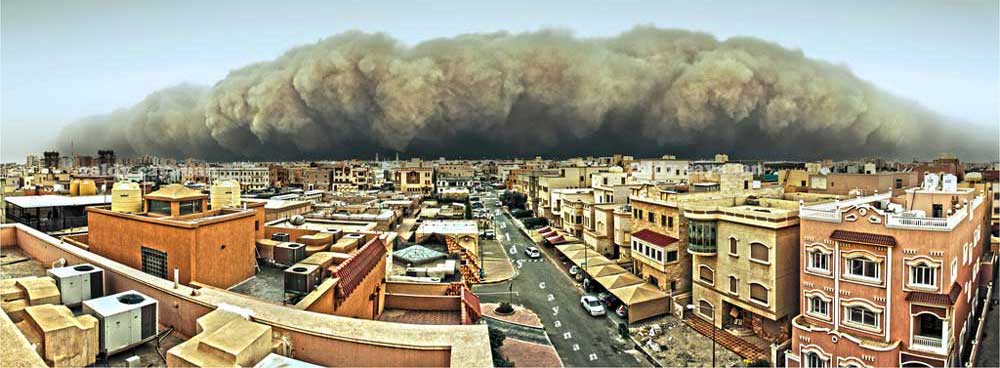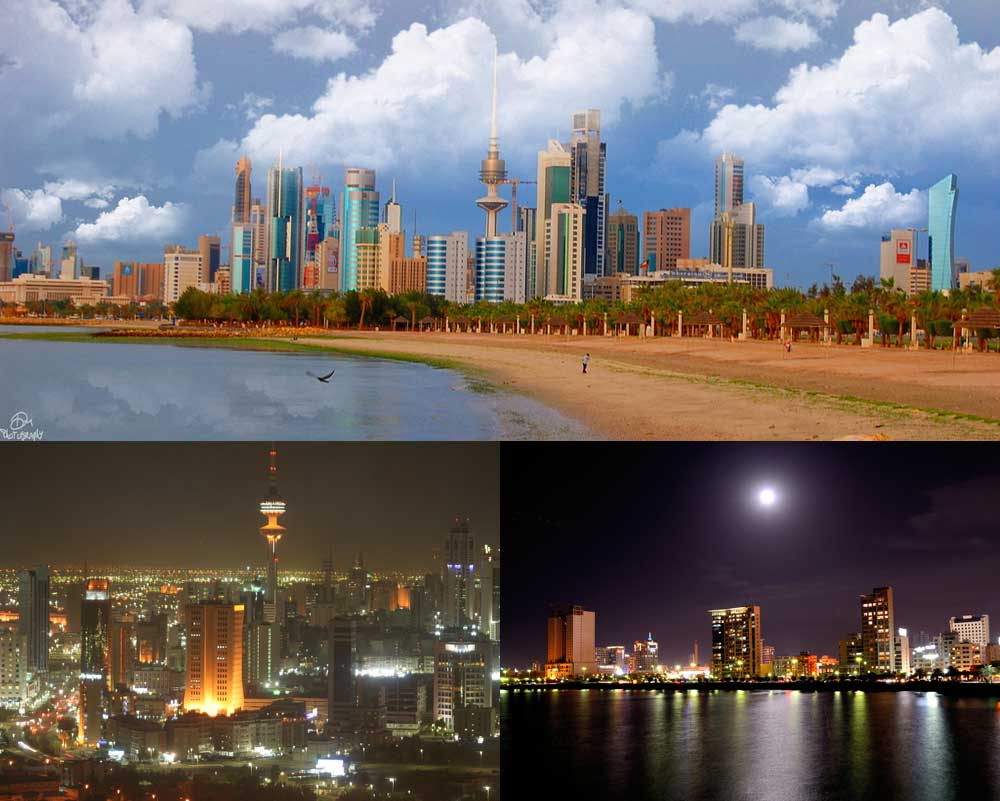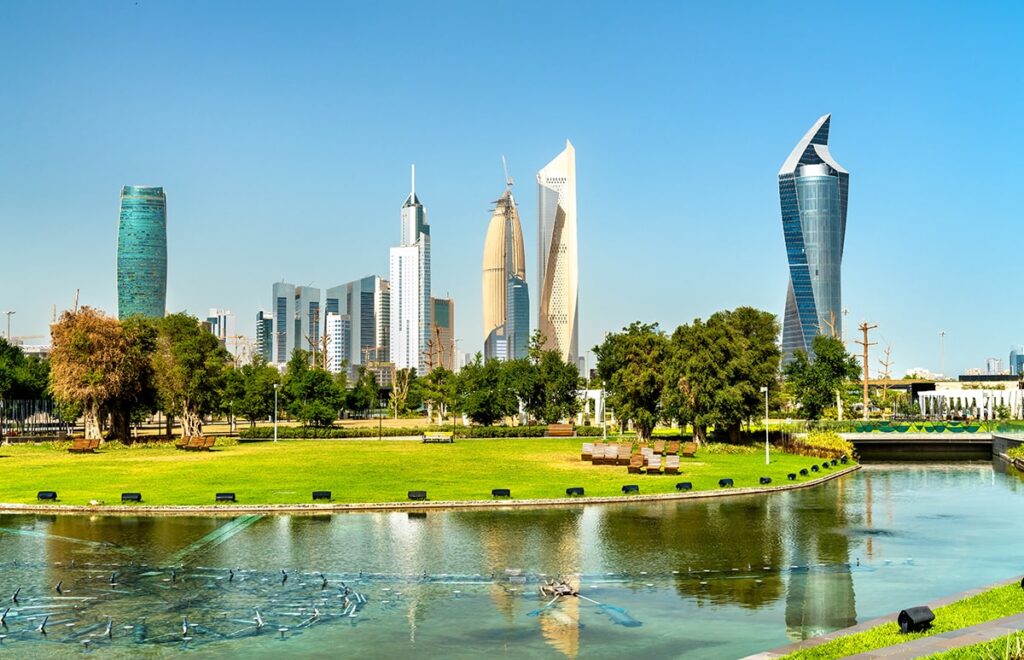1. Name: The word ‘kuwait’ means “fort” in Arabic. The city of Kuwait was established in 1613 in the current capital Kuwait City
2. Lifespan: Kuwait, along with the Arab country of Qatar and the Pacific island nations of Tonga and Tuvalu, are the only countries in the world where women have a lower average life expectancy than men
3. Islands: There are 9 islands in the Persian Gulf belonging to Kuwait (Failaka, Bobiyan, Maskan, Warba, Ouha, Um AIMaradem, Um AI-Naml, Kubbar and Qarooh). Of all 9 islands, only 1 is inhabited; Failaka
4. Gastronomy: Kuwaiti cuisine is particularly characterized by seafood (due to Kuwait City’s coastal location) in combination with the many local spices
5. Overweight: Around 42% of the Kuwaiti population is obese, making Kuwait #10 on the list of countries with the highest concentrations of obese adults in the population

Fact: Sandstorms are a common phenomenon in Kuwait – especially in the summer months
6. Emirate: Kuwait is an emirate where the head of state is an emir (Sabah Al-Ahmad Al-Jaber Al-Sabah), although there is also a prime minister (Jaber Al-Mubarak Al-Hamad Al-Sabah). The Emir’s power allows him to pardon convicts from prison sentences and even the death penalty. The Emir is also the supreme military leader
7. Oil: It is estimated that Kuwait has around 10% of the world’s oil reserves underground. 90% of Kuwait’s exports are oil (and derivatives) and oil brings in around 75% of government revenue
8. History: Kuwait was part of the Ottoman Empire until World War 1. World War I, when it became part of the British Empire. It wasn’t until 1961 that Kuwait was declared independent from Great Britain
9. The Gulf War: Kuwait was invaded and occupied by neighboring Iraq in 1990. This was part of Iraqi dictator Saddam Hussein’s plan to secure more oil sources. US forces intervened on January 17, 1991 and the war ended on February 28, 1991
10. Oil fires: When Iraqi troops withdrew in early 1991, they set fire to many of the oil wells, leaving large parts of the eastern and southeastern parts of Kuwait uninhabitable

Kuwait City is the capital of Kuwait and the country’s largest city. The many skyscrapers and tall towers are the city’s most distinctive features





